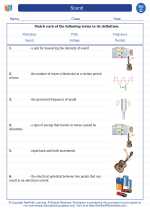Hydration
Hydration is the process of providing an adequate amount of water to the body in order to maintain proper function and health.
Importance of Hydration
Water is essential for the body's overall function. It helps regulate body temperature, aids in digestion, removes waste, and lubricates joints. Proper hydration is also important for cognitive function, physical performance, and overall well-being.
Factors Affecting Hydration
- Physical activity: The more active a person is, the more water they need to maintain proper hydration.
- Climate: Hot and humid weather may increase the amount of water lost through sweat, requiring increased hydration.
- Diet: Certain foods and drinks can contribute to hydration, while others may have a diuretic effect, increasing the need for water intake.
Signs of Dehydration
It's important to recognize the signs of dehydration, which may include thirst, dry mouth, fatigue, dizziness, dark urine, and decreased urine output.
Ways to Stay Hydrated
- Drink plenty of water throughout the day.
- Consume hydrating foods such as fruits and vegetables.
- Avoid excessive consumption of caffeinated or alcoholic beverages, as they can contribute to dehydration.
- Monitor urine color - pale yellow to light straw color indicates proper hydration.
Study Guide
Use the following questions to test your knowledge of hydration:
- What is hydration and why is it important for the body?
- What are some factors that can affect hydration needs?
- What are the signs of dehydration?
- What are some ways to stay hydrated?
After studying this topic, you should have a good understanding of the importance of hydration and how to maintain proper hydration for overall health and well-being.
.◂Science Worksheets and Study Guides Third Grade. Sound
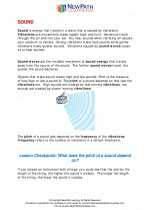
 Worksheet/Answer key
Worksheet/Answer key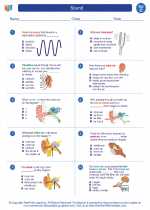
 Worksheet/Answer key
Worksheet/Answer key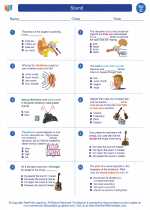
 Worksheet/Answer key
Worksheet/Answer key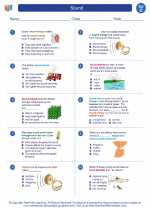
 Vocabulary/Answer key
Vocabulary/Answer key